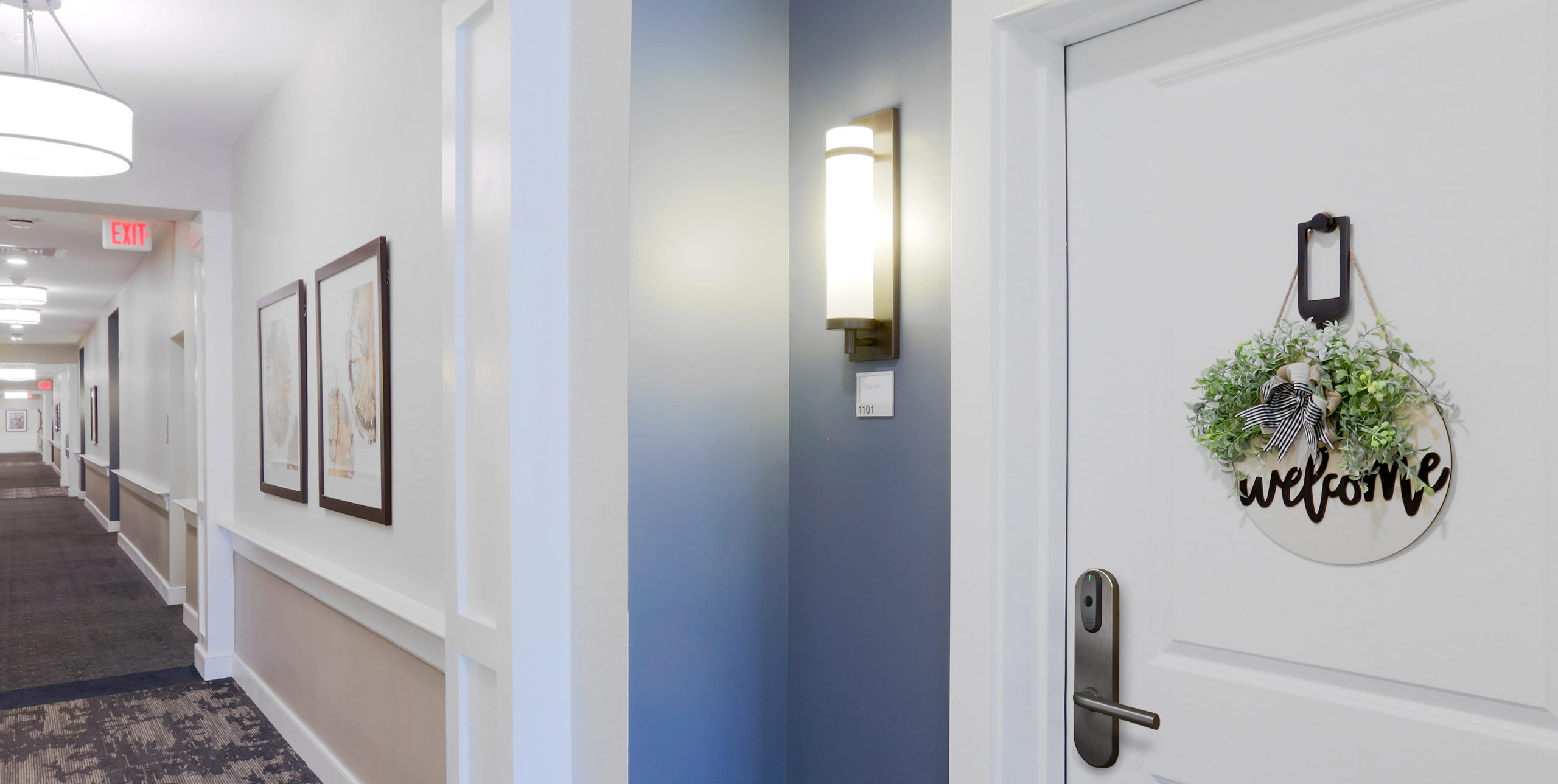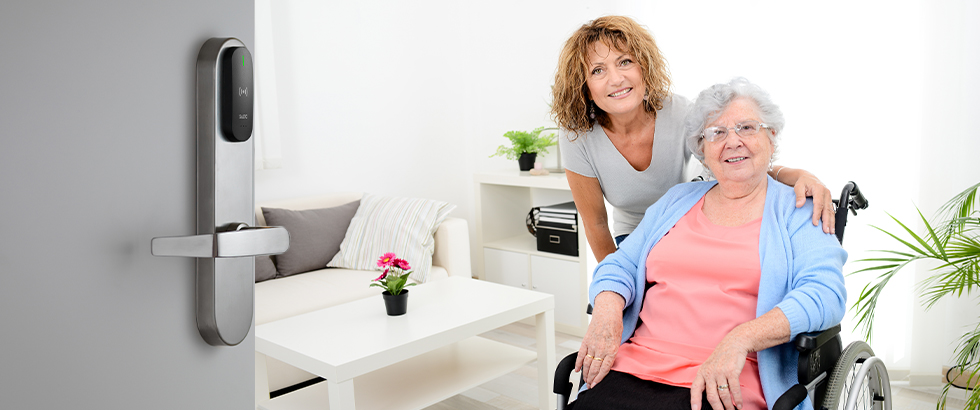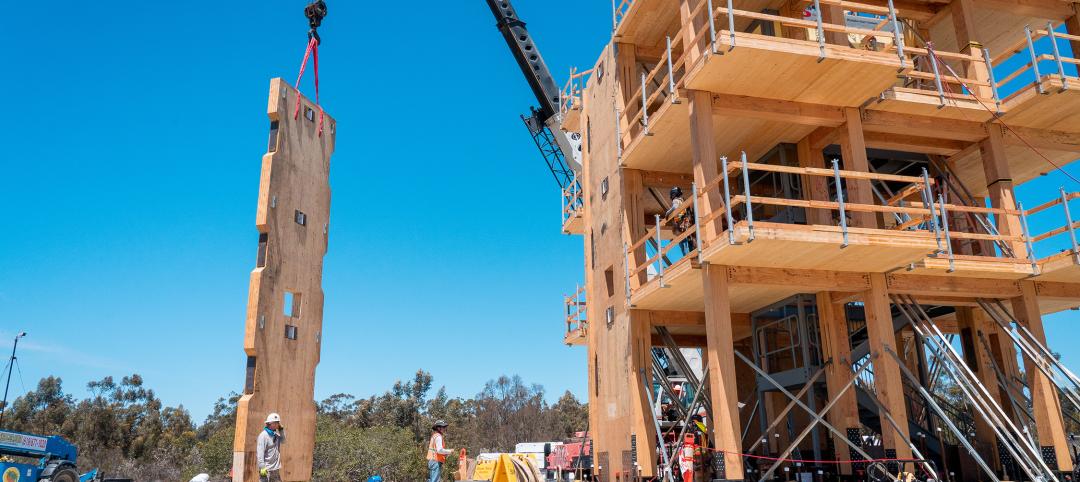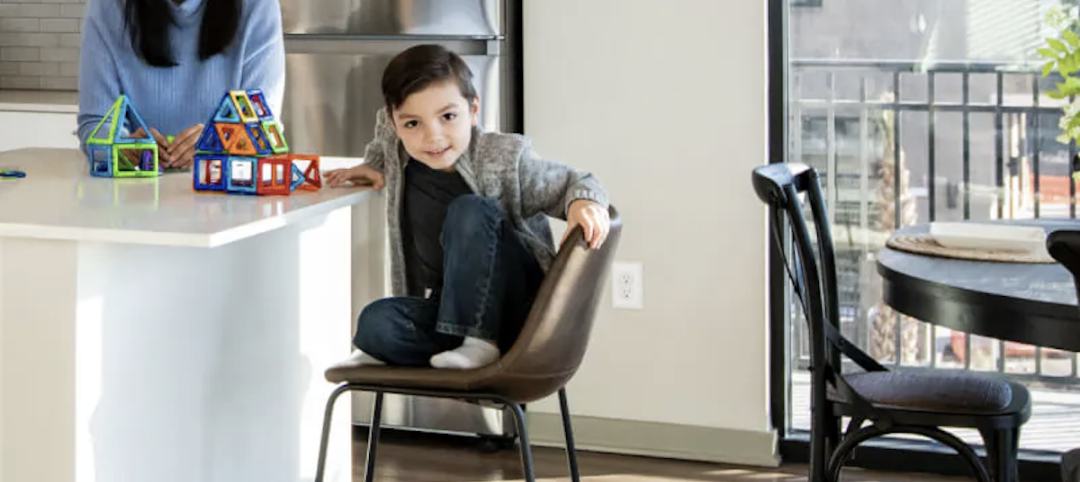We’re growing older. According to the 2020 U.S. census report, one in six Americans were 65 and over, representing the greatest 10-year increase in this demographic within the past 100 years. This trend is expected to continue as all baby boomers will have reached senior status by 2030. And by 2040, the number of people aged 85 or older is expected to more than double from 2019 levels, according to the U.S. government agency, Administration for Community Living.
Many older individuals will reside in senior communities or assisted living during some part of the lives. More than 810,000 people already occupied assisted living facilities in early 2023, and this upward trend will continue as the population ages, bolstered by people’s increasing longevity.
The Challenges of Senior Living Communities
With the growth in the assisted living market anticipated to more than double in the next 10 to 20 years, according to one report, senior living accommodations will need to keep pace. However, another challenging trend is also on the rise for these communities — legal liability. WTW, an insurance organization, has published a benchmarking report detailing its actuarial analysis of thousands of senior living claims. Clearly, not taking appropriate safety measures can cost a lot of money and ruin a facility’s reputation.
“The top priority of any senior care or assisted living facility is ensuring that residents, particularly those who may have cognitive or physical impairments, or other special needs, are safe and secure in their living environment,” says Kyle Pfeiffer, Industry Solution Leader — Healthcare, for SALTO Systems. “A modern electronic access control system should be viewed as a powerful tool in a comprehensive risk mitigation strategy for senior living facilities.”

Risk Mitigation
Deploying smart access technology goes a long way toward protecting residents, staff and management in senior living facilities against risk. This solution replaces physical keys with “smart” credentials — taking the form of key fobs, key cards, PIN code access or smartphone digital keys.
Electronic access control systems offer numerous efficiency and ease-of-use benefits including preventing staff from having to manage multiple physical keys, streamlining visitor management, managing resident moves and turnover, and managing regulatory compliance and reporting. In addition, there are also significant safety benefits associated with incorporating smart access systems. “Not only do smart locks protect residents from unauthorized access to their living spaces, they enable staff to move efficiently throughout the building to be able to quickly respond to their needs,” notes Pfeiffer.
Another important feature in managing risk in senior living facilities is the audit trail that modern access control systems creates. This refers to event logging and the associated storage and retrieval of access data — who was where and when. “This provides a complete accounting of all interactions at every lock, wall reader or access point on the system,” says Pfeiffer, with the data stored and protected using advanced cybersecurity measures.
The mere presence of a monitoring system can deter potential negligent behavior or misconduct, he adds. With a secure, unalterable record of all access events, a facility operator can immediately investigate and act based on reported or suspected situations. “With both staff and residents aware that their access within the facility is being logged, they may be less likely to engage in unauthorized or inappropriate actions.”
Many Benefits
Additional risk mitigation features and benefits include:
- Wandering prevention. Residents with cognitive issues can be monitored to ensure they don’t stray into potentially dangerous areas or leave the facility.
- Emergencies. In an emergency situation, certain areas of the facility can be locked down to protect residents and staff, or doors can be immediately opened to facilitate evacuation.
- Access rights. Administrators are able to change access permissions in real time, which is essential for managing staff changes, lost credentials or changes in a resident’s condition.
- No physical keys. This prevents keys from being lost or falling into the wrong hands.
- Visitor management. Temporary access credentials for visitors expire automatically, controlling visitor access without additional manual intervention.
- Compliance. HIPAA compliance for medical records and information can be maintained by restricting access to areas where patient data is kept.
When Safety Is Paramount
For facilities concerned about patient safety, potential liability and easy access control, smart locks offer a cost-efficient solution that addresses all these needs. “Access control systems are an essential part of senior living property management, and demand for security measures is likely to grow,” says Pfeiffer. “The future of senior living lies in rethinking how we live and work in these environments. Leveraging SALTO’s advanced access control technology addresses the needs of residents, their visitors and staff — enhancing their experiences, both now and in the future.”
Related Stories
Sponsored | | Aug 15, 2023
The Data Benefits of Retail Keyless Entry
SALTO’s wireless access control system provides valuable data analytics for retail establishments
Products and Materials | Jul 31, 2023
Top building products for July 2023
BD+C Editors break down 15 of the top building products this month, from cleanroom doors to window storm protection systems.
Sponsored | Fire and Life Safety | Jul 12, 2023
Fire safety considerations for cantilevered buildings [AIA course]
Bold cantilevered designs are prevalent today, as developers and architects strive to maximize space, views, and natural light in buildings. Cantilevered structures, however, present a host of challenges for building teams, according to José R. Rivera, PE, Associate Principal and Director of Plumbing and Fire Protection with Lilker.
Headquarters | Jul 5, 2023
The game room: Transforming game design office spaces
IA Interior Architects' designers discuss the aesthetic considerations for gaming industry work environments.
Mass Timber | Jun 2, 2023
First-of-its-kind shake test concludes mass timber’s seismic resilience
Last month, a 10-story mass timber structure underwent a seismic shake test on the largest shake table in the world.
K-12 Schools | May 17, 2023
Designing K-12 schools for students and safety
While bullying, mental health, and other acts of violence are all too common in schools today, designers have shown that smart and subtle preventive steps can make a big difference. Clark Nexsen’s Becky Brady shares how prevention and taking action at the design level can create safe and engaging learning environments.
Multifamily Housing | May 1, 2023
Survey of apartment residents shows support for property-provided smart home devices for security, energy savings
Multifamily housing residents receive broadband services faster if they are provided by the property management rather than acquiring such service on their own.
K-12 Schools | Jan 25, 2023
As gun incidents grow, schools have beefed up security significantly in recent years
Recently released federal data shows that U.S. schools have significantly raised security measures in recent years. About two-thirds of public schools now control access to school grounds—not just the building—up from about half in the 2017-18 school year.
Sponsored | Resiliency | Dec 14, 2022
Flood protection: What building owners need to know to protect their properties
This course from Walter P Moore examines numerous flood protection approaches and building owner needs before delving into the flood protection process. Determining the flood resilience of a property can provide a good understanding of risk associated costs.
Building Materials | Nov 2, 2022
Design for Freedom: Ending slavery and child labor in the global building materials sector
Sharon Prince, Founder and CEO of Grace Farms and Design for Freedom, discusses DFF's report on slavery and enforced child labor in building products and materials.
















